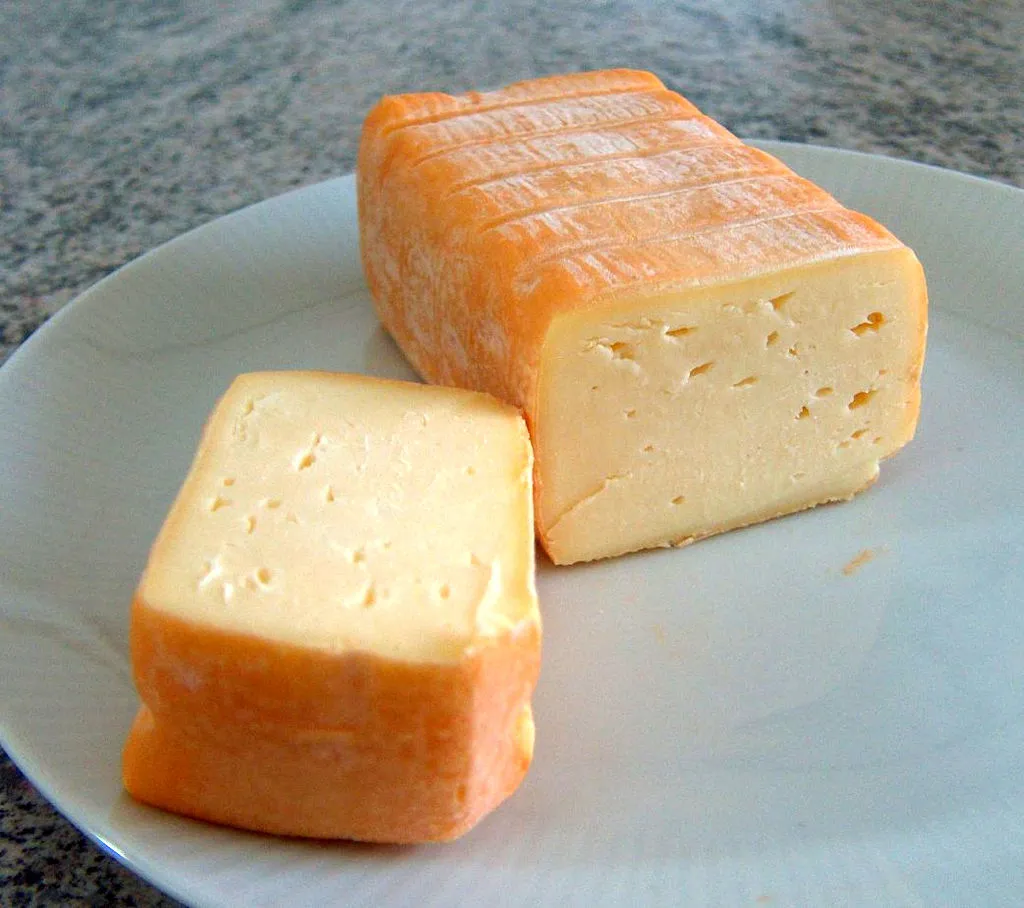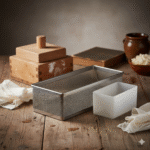Limburger cheese is one of the world’s most recognizable cheeses—not just for its bold aroma, but for its deep cultural history and unique culinary uses. Although many people associate it with its strong smell, Limburger’s story is far richer. Behind its powerful scent lies a cheese with centuries of tradition, international recognition, and an unmistakable place in global gastronomy.
In this guide, we explore the origins, flavor profile, uses, and pairings of Limburger cheese while keeping the content highly optimized for search ranking.
What Is Limburger Cheese?
Limburger cheese is a semi-soft, washed-rind cheese known for its pungent aroma and smooth, creamy interior. It is washed repeatedly with brine during aging, which encourages the growth of Brevibacterium linens—the same bacteria found on human skin. This is what gives Limburger its distinctive, famously strong smell.
Despite the aroma, the flavor is surprisingly mild, earthy, and tangy, especially when fully ripened.
The International Origins of Limburger Cheese

1. Born in the Historical Duchy of Limburg
Limburger cheese originally comes from the Duchy of Limburg, a region that once included parts of modern-day:
-
Belgium
-
Germany
-
Netherlands
The exact birthplace isn’t tied to one modern country, which is why Limburger is often considered a cheese with shared European heritage.
2. Spread Across Europe
During the 19th century, Limburger cheesemaking traditions expanded throughout Central Europe. Cheesemakers in Germany refined the craft, and German dairies became some of the main producers. This is why many people mistakenly believe Limburger originated solely in Germany.
3. Arrival in North America
European immigrants brought Limburger to the United States in the 1800s. It gained popularity in the Midwest—especially Wisconsin—where American producers still craft Limburger today.
Its international journey helped cement its identity as a truly global cheese.
What Does Limburger Cheese Taste Like?
Although it smells strong, the taste is much gentler than most expect.
Flavor Characteristics
-
Earthy and tangy
-
Slightly salty
-
Soft, buttery center when fully ripened
-
A mild sweetness with age
The secret is in the ripening stages:
-
Young Limburger → firm, mild, slightly crumbly
-
Aged Limburger → creamy, spreadable, and aromatic
Many cheese lovers enjoy it once the center reaches a soft, almost custard-like texture.
What Is Limburger Cheese Used For?
Limburger may be famous for sandwiches, but it has a range of culinary uses:
1. Classic Limburger Sandwich
Traditionally paired with:
-
Rye bread
-
Raw onions
-
Brown mustard
This simple combination balances Limburger’s intensity perfectly.
2. Cheese Boards & Appetizers
When paired with complementary flavors, its aroma becomes an asset.
3. Melting
Limburger melts beautifully, making it ideal for:
-
Burgers
-
Paninis
-
Warm dips
-
Casseroles
4. European-Style Dishes
In parts of Belgium and Germany, it is mixed into:
-
Potatoes
-
Noodles
-
Rustic dishes with onions or herbs
Limburger Cheese Pairing Guide
Pairing the right foods and beverages with Limburger elevates both aroma and taste.
Best Food Pairings
-
Rye bread
-
Dark, crusty loaves
-
Onions (raw or caramelized)
-
Pickles
-
Smoked meats
Best Drink Pairings
-
Belgian ales
-
German lagers
-
Dark beers
-
Dry white wines like Riesling
-
Crisp ciders
Each helps balance the cheese’s powerful character.
Why Limburger Cheese Has Such a Strong Smell
The iconic aroma comes from Brevibacterium linens, a bacteria used intentionally during the aging process. It breaks down proteins and fats, releasing compounds that contribute to the smell. Interestingly, this bacterium also exists naturally on human skin—hence the familiar scent.
Is Limburger Cheese Still Popular Today?
Yes—although production has decreased, Limburger remains popular among:
-
Traditional European cheese lovers
-
Food historians
-
Bold-flavor enthusiasts
-
American Midwest communities
Its unique identity makes it a staple for anyone seeking authentic, old-world cheeses.
Final Thoughts
Limburger cheese may be known for its aroma, but its international origins, rich history, and surprisingly gentle flavor make it one of the most fascinating cheeses in the world. From the Duchy of Limburg to modern cheese counters, it continues to captivate adventurous eaters and cheese connoisseurs.
Whether you’re exploring its European heritage, adding it to a classic sandwich, or enjoying it on a cheese board, Limburger offers an unforgettable taste experience.



